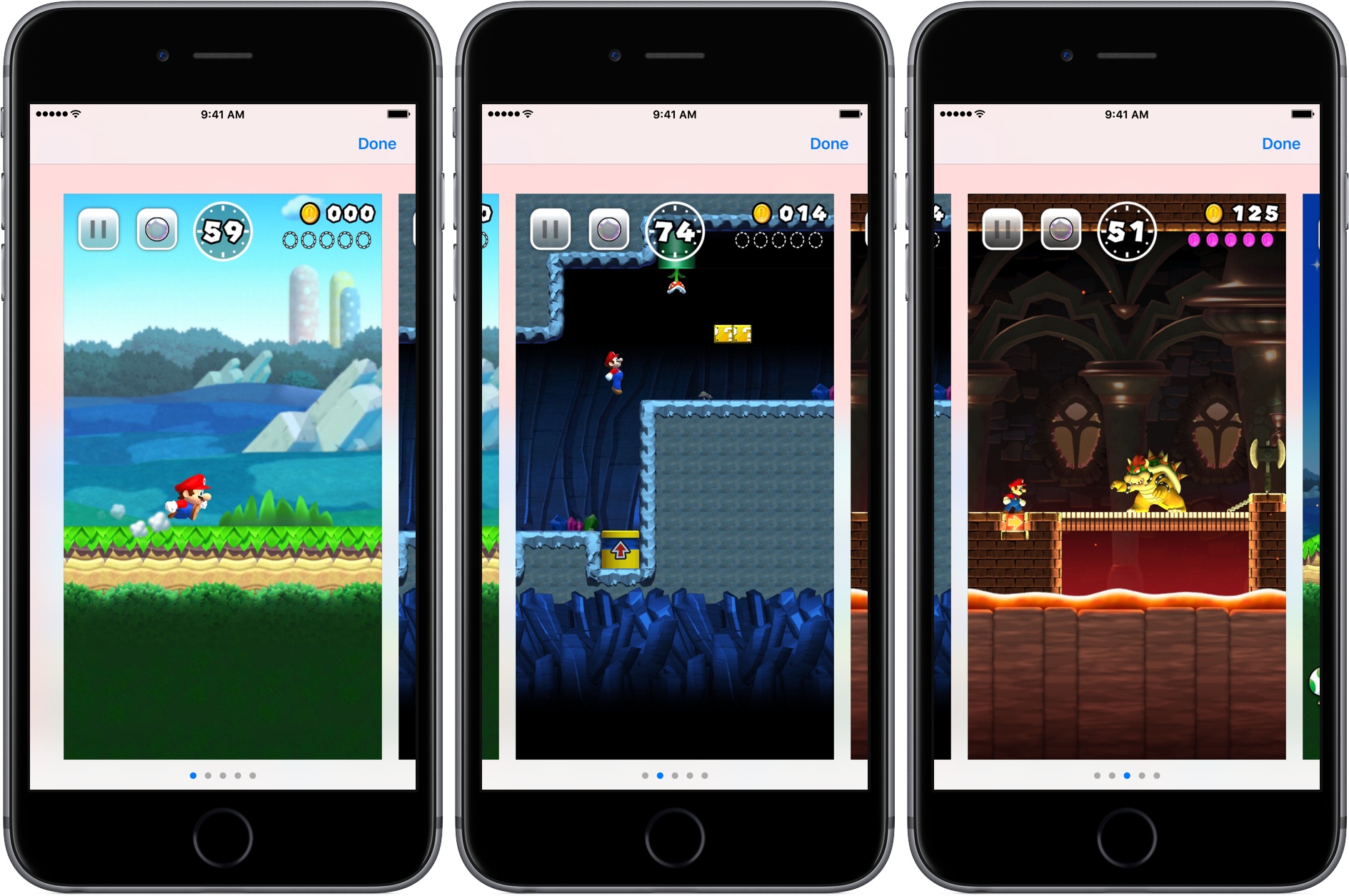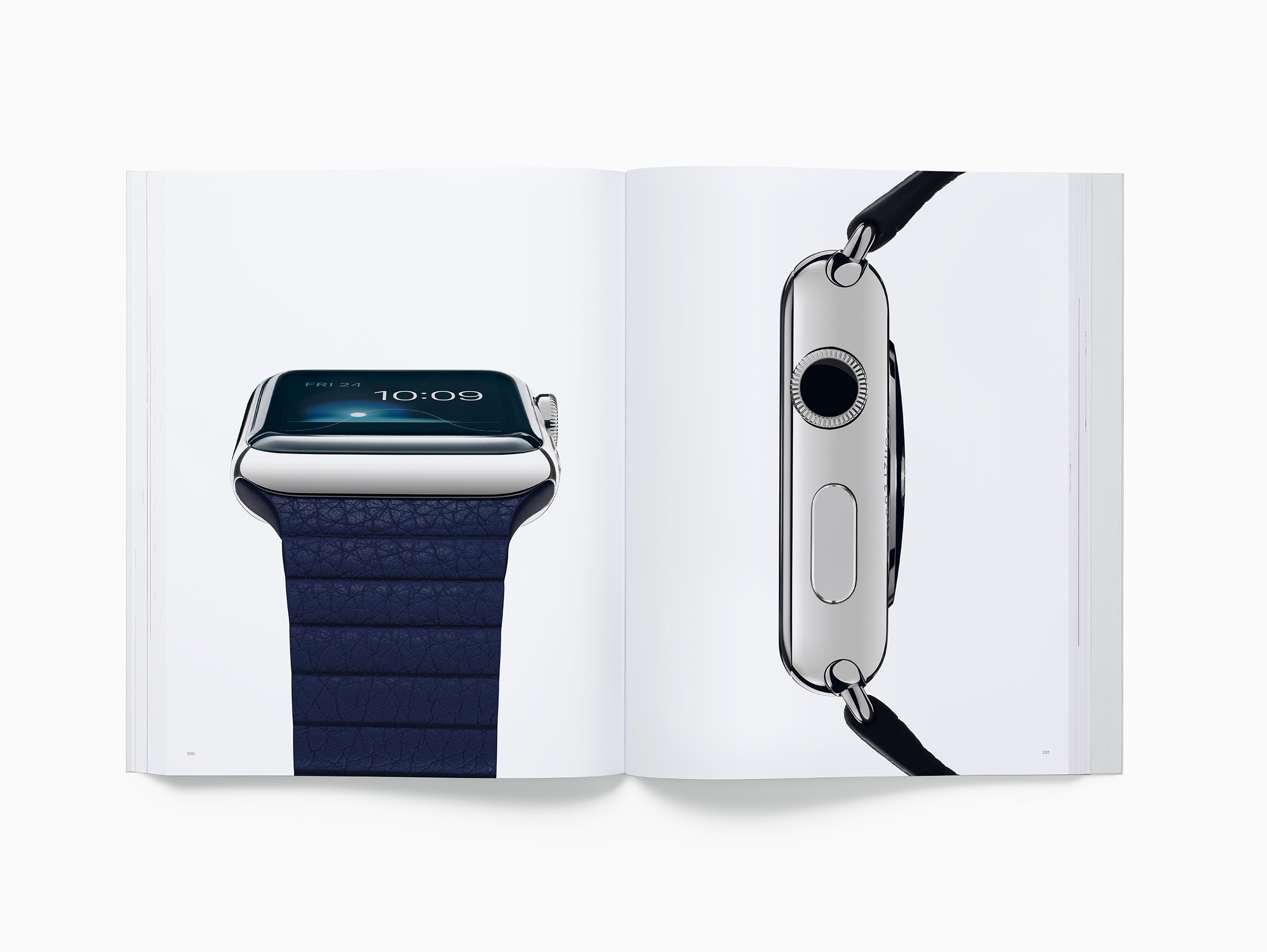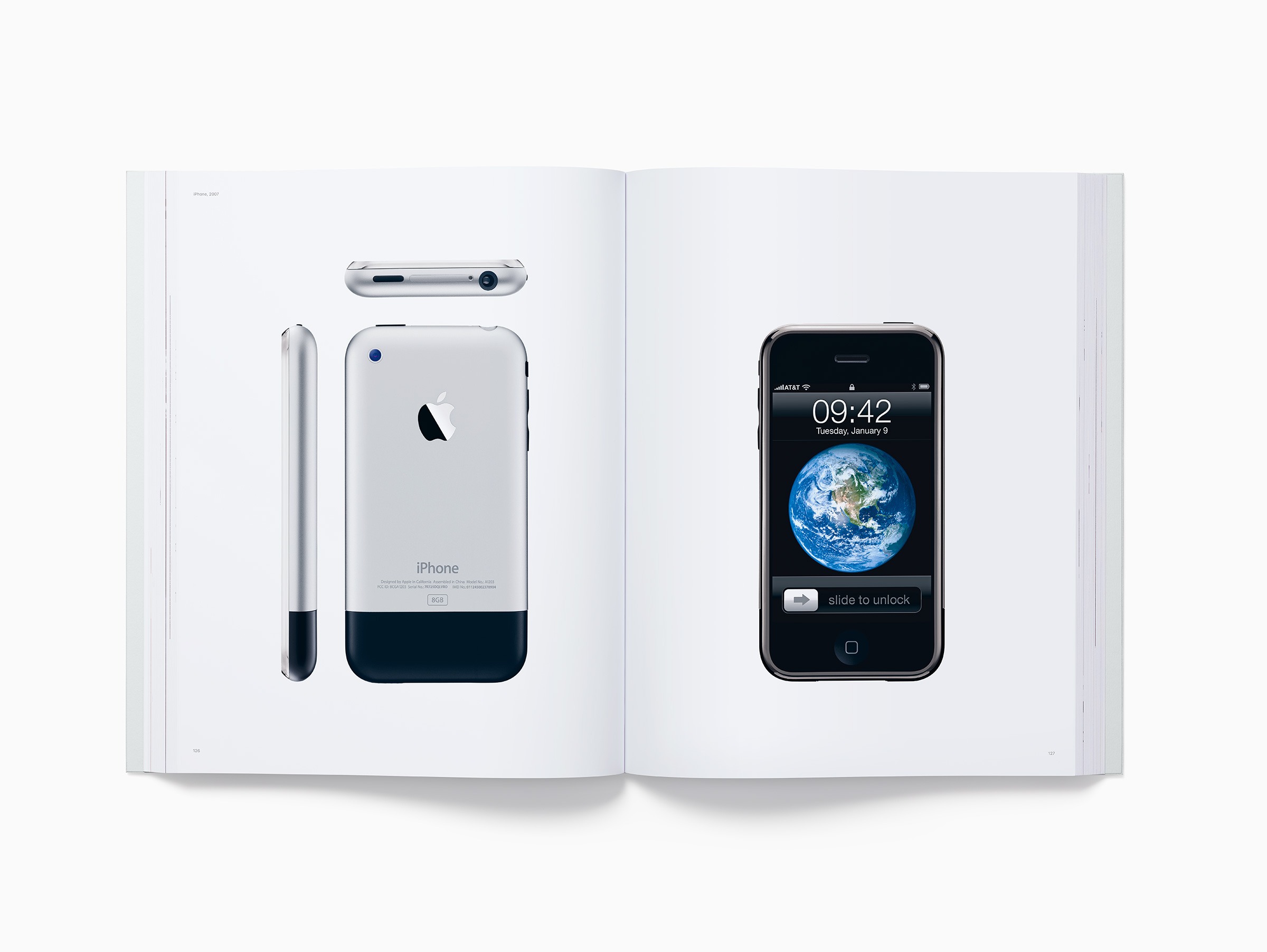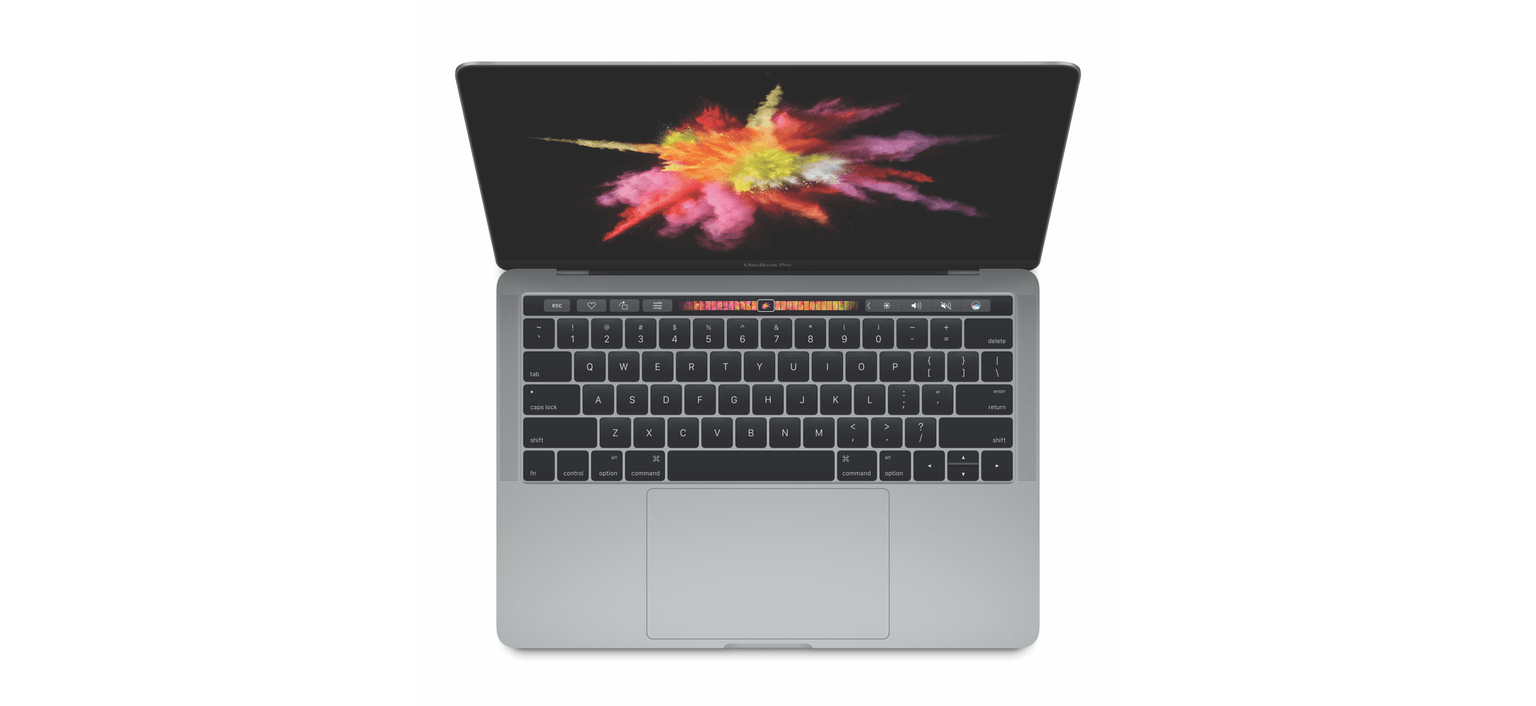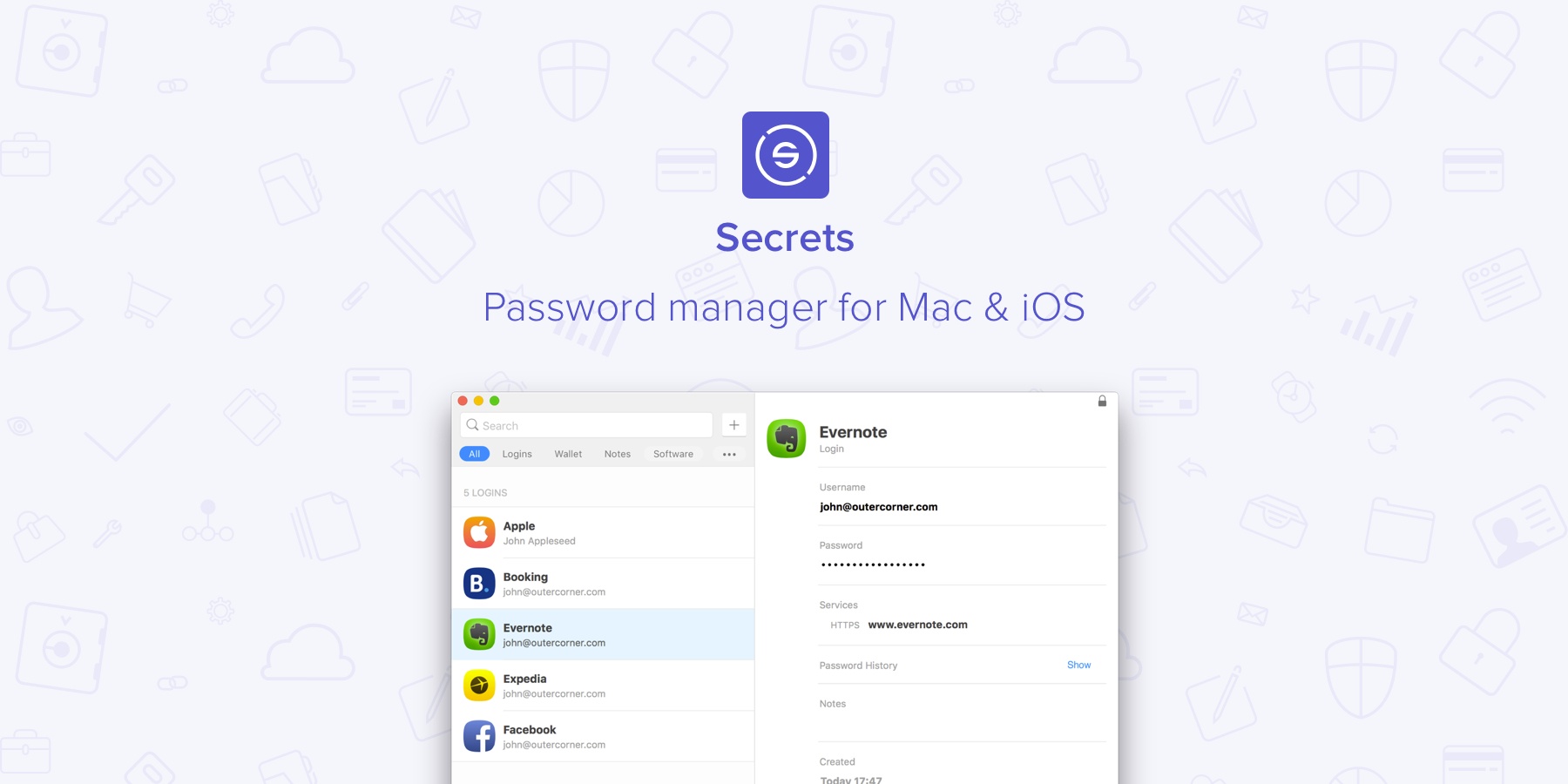Twitter announced steps it has taken to curb abuse on its service. The first is an extension of the mute feature. The ability to mute an account has been available for a long time, but Twitter is adding the ability to mute keywords, phrases, and conversations in notifications. The feature will begin rolling out world-wide to all users ‘in the coming days.’
With respect to reporting abuse, Twitter says:
Our hateful conduct policy prohibits specific conduct that targets people on the basis of race, ethnicity, national origin, sexual orientation, gender, gender identity, religious affiliation, age, disability, or disease. Today we’re giving you a more direct way to report this type of conduct for yourself, or for others, whenever you see it happening. This will improve our ability to process these reports, which helps reduce the burden on the person experiencing the abuse, and helps to strengthen a culture of collective support on Twitter.
Finally on enforcement, Twitter reports that it has retrained its support teams, is instituting refresher training, and has introduced new internal tools and systems for combating abuse.




